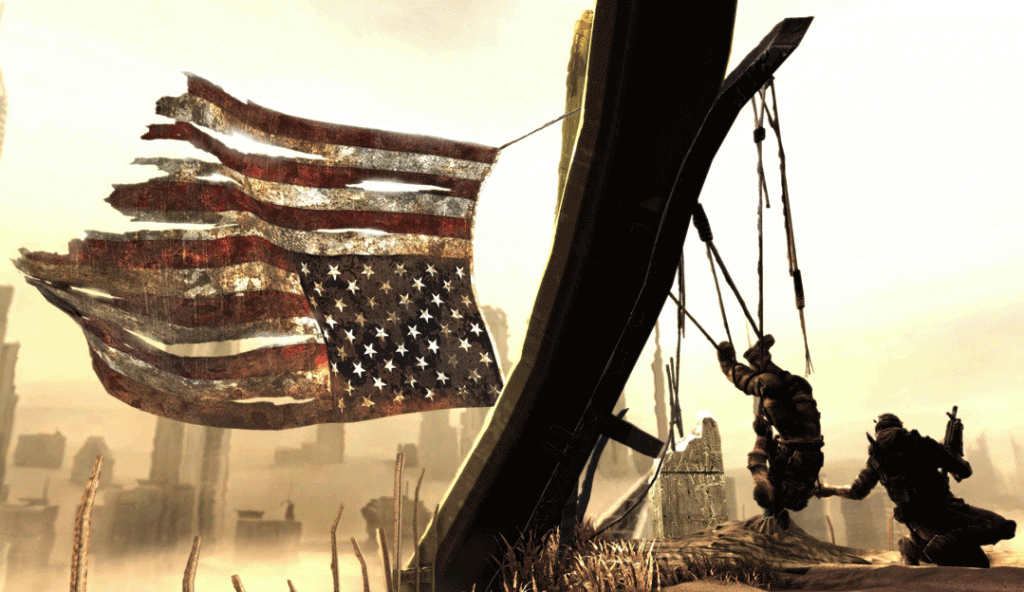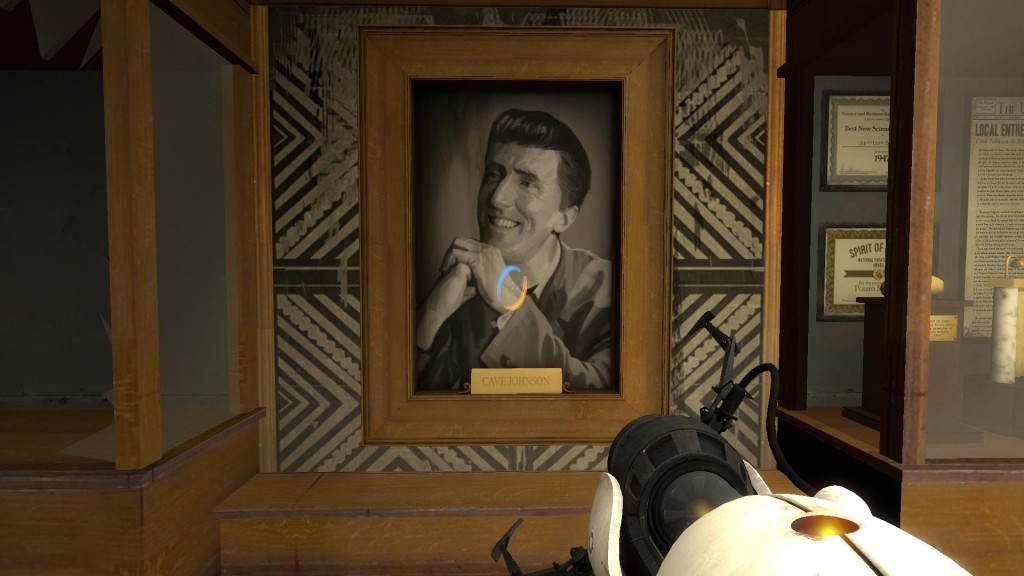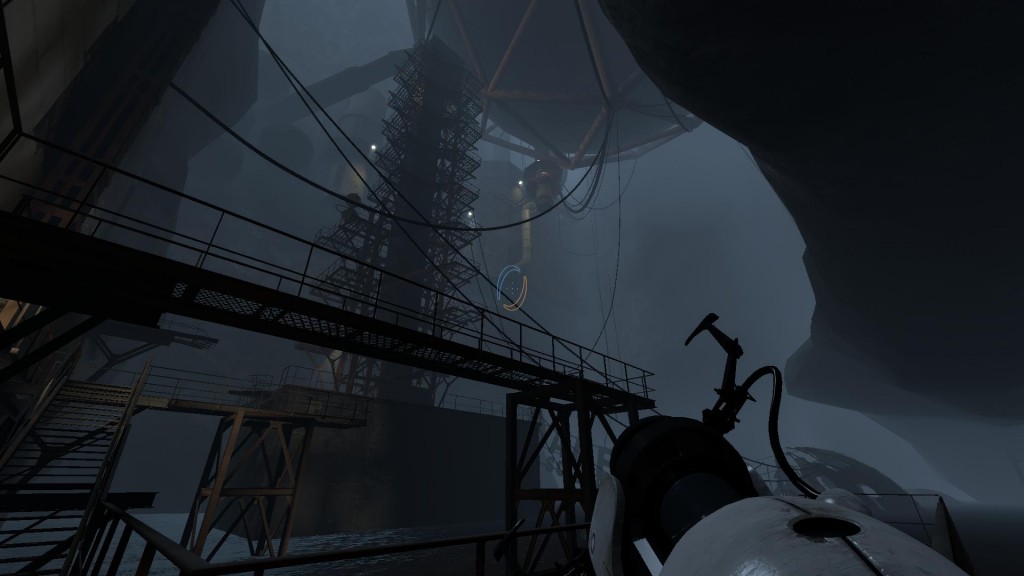As we head toward Spring Break, I’d like to share with you one of my favorite games, and one I’m looking forward to playing in those long hours in which there’s nothing to do. Shin Megami Tensei: Persona 3 is a rather interesting specimen of a particular genre called the JRPG. For those of you who aren’t fully familiar with them, Japanese Role-Playing Games are often characterized by turn-based combat, non-customized main characters, and linear story lines (think Final Fantasy). Shin Megami Tensei (or “True Goddess Reincarnation”) is a series of games that focus on the machinations of people in an established universe.
Basically the idea is this: There is a 25th hour in each day, known as the Dark Hour. During the Dark Hour, most people are peacefully asleep within magically conjured coffins (just roll with it), but monsters lurk outside to try and disturb their dreams. That’s where your characters come in, because they remain aware during the Dark Hour, and can fight the monsters to keep everyone safe. How? Well, you use spectral entities that draw on portions of your personality, framed after the Arcana cards found in the average Tarot deck, and referred to as Personas.
Combat is centered around physical skills, and those that require your Personas, and this in turn leads to my favorite part of the game: the social element.
Apart from the combat aspect is the social one, in which you have free time to go around and talk to various characters, each representing one of the Arcana symbols (the businessman above represents the Devil, go figure). Talking to them creates what the game labels as “Social Links,” which get stronger and level up as you get to know the characters better. Leveling up the social link will make Personas that fall under the corresponding Arcana stronger. Take President Tanaka for example: His Arcana is the Devil, so if I were to use a Devil persona after leveling my social link with him, it would be stronger because of it.
The best comparison I think I could make would be to a more popular series: Pokemon. In Pokemon, you gather creatures to fight for you, and then use their unique abilities to defeat various enemies. Persona is along similar lines, but you have the extra layer of social links on top of it, which allow you to take a break from combat for a while and do something else. What makes it truly good, though, is how the two aspects are intermarried. Social links are worth it just to see the interesting characters, but they also serve a larger purpose in helping with the overall gameplay. Similarly, the Pokemon-style gameplay is fine with a game that you only pick up occasionally on a hand-held console and then put down again, but with a console game it could easily get repetitive. Persona avoids this problem by adding that extra dimension to the game, which keeps the combat feeling fresh and new because of the connections made between these two separate aspects.
Now, you may be reading this and thinking to yourself: “What is he talking about? That doesn’t sound like fun at all.” If so, I understand, but I’d say give it a try if you have a few dollars to spare, and a lot of time.













